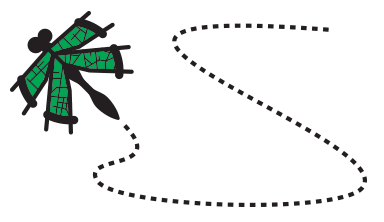

Dragonfly enables the modeling and estimation of large-scale climate phenomena, such as urban heat island, future climate change, and the influence of local climate factors such as topographic variation. This is accomplished with the help of urban thermodynamic engines including the Urban Weather Generator and CitySim. Dragonfly also links to several datasets including the National Climactic Data Center's (NCDC) database of publicly available hourly weather data and thermal satellite image datasets (such as LANDSAT). The Dragonfly project makes these large-scale climate variables accessible to the other insects under Ladybug Tools, which rely on climate data as a starting point for analysis and simulation.

Morph EPW files to account for the urban heat island effect, using urban geometry and properties.
Check for examples
Using publicly available data from the National Climatic Data Center, create EPW files for virtually any recent year for most locations on Earth.
Check for examples
Visualize publicly available LANDSAT thermal images and understand how temperatures vary over city-scales.
Check for examples